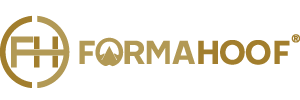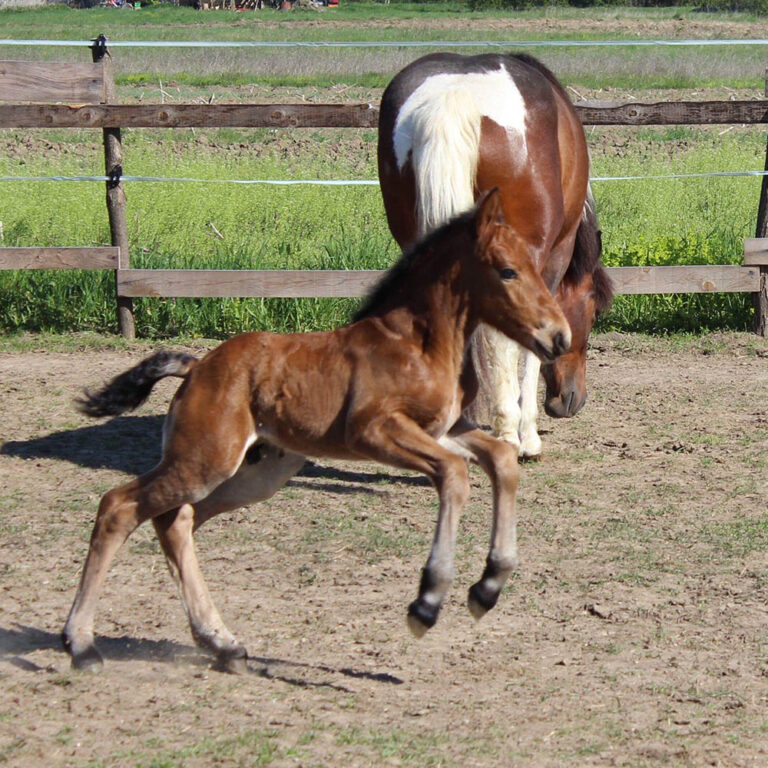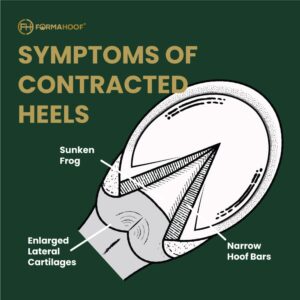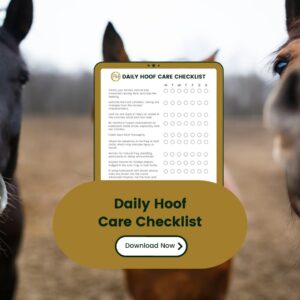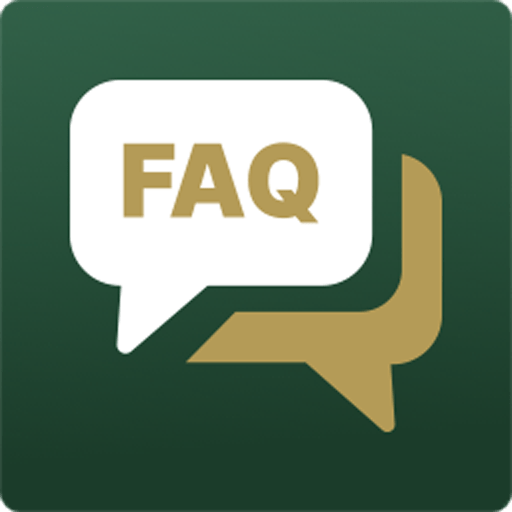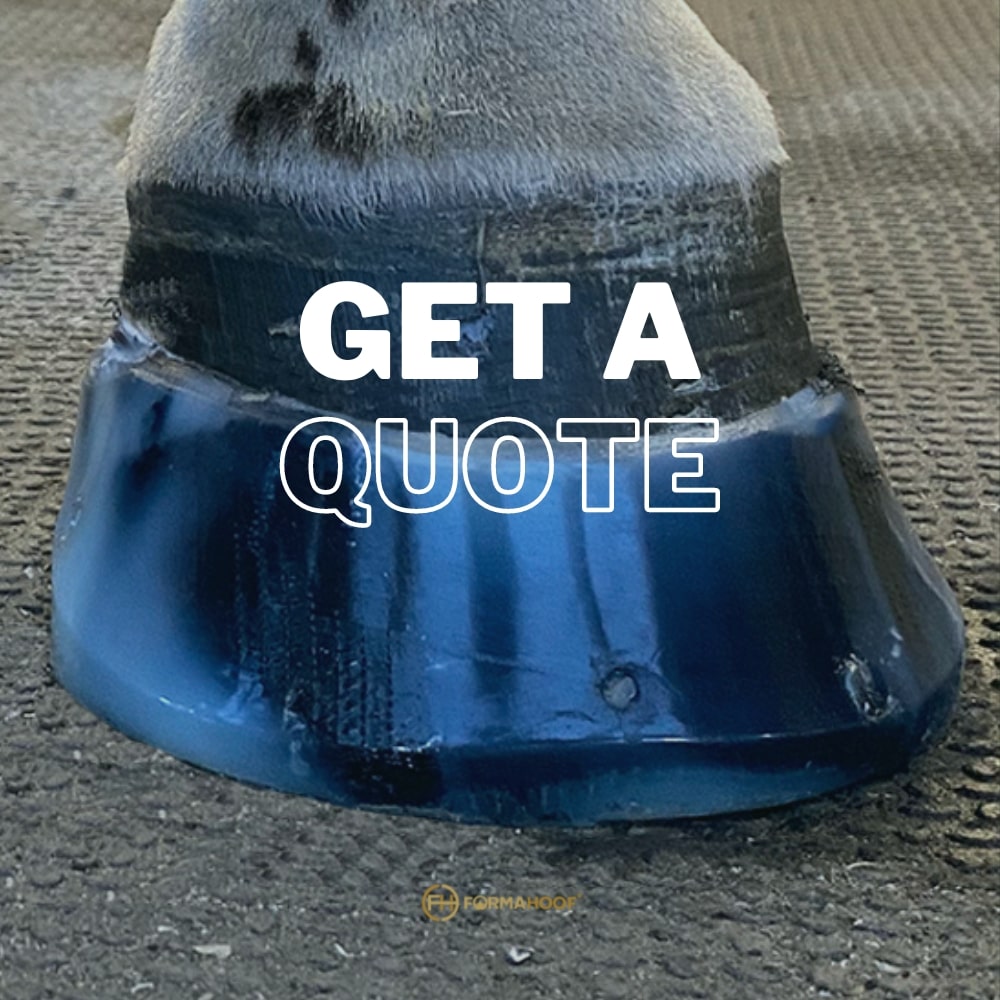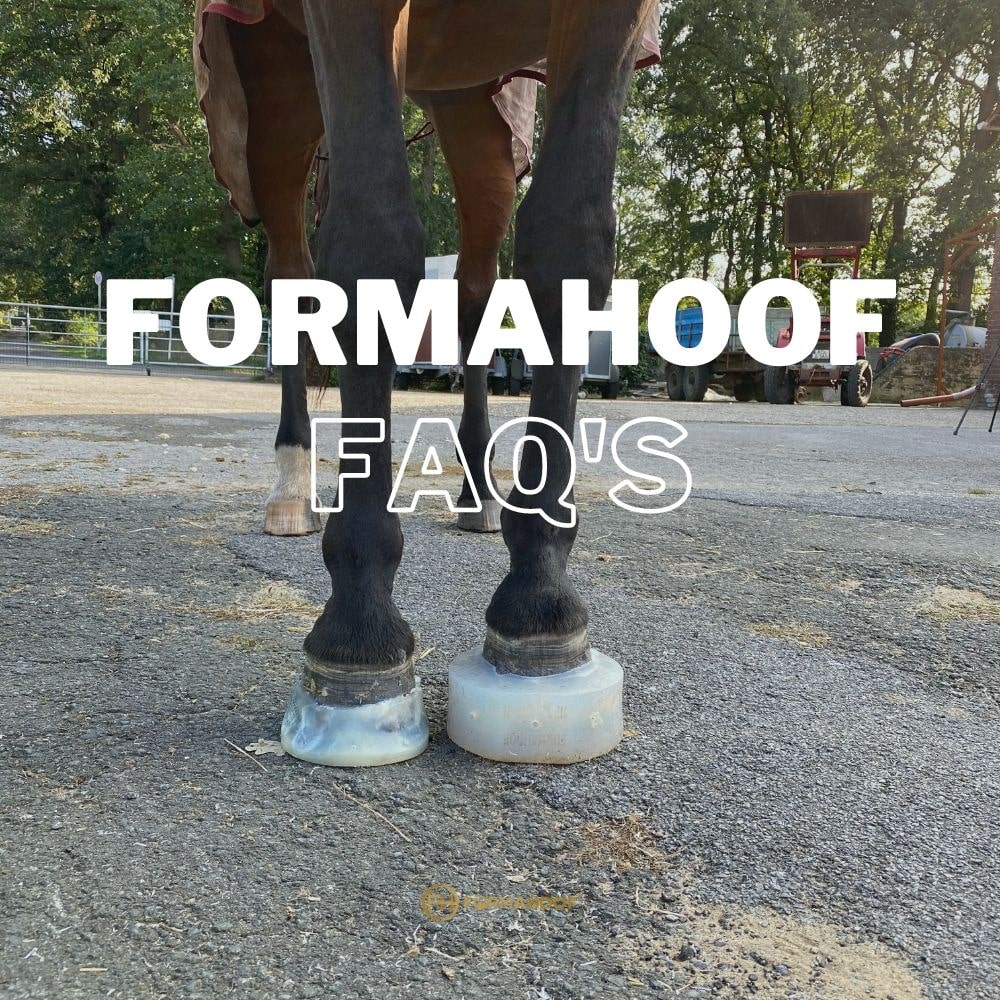Foal Conformation: Shaping a Future Champion in the First Few Months
Imagine guiding a future champion racehorse, helping it navigate its earliest steps towards a bright, athletic future. It all begins in those first vital months, where a foal’s tiny, delicate hooves play a pivotal role in determining its path forward.
A Tender Start to Life’s Gallop
Upon entering the world, foals sport a unique accessory: foal slippers. This soft, almost whimsical coating shields their nascent hooves and also acts as a gentle barrier, protecting the mare’s uterus during birth. But once the foal steps into life, these slippers gradually retreat, paving the way for tiny, pointed hooves beneath.
And here lies a hidden challenge…
The Intricacies of Those First Steps
Foals, nature’s wonderful conundrum, arrive with pointed feet that—although perfectly shaped for their uterine journey—present a slight quandary upon birth. This unusual shape complicates their initial steps, guiding their movement to either side of the point and potentially influencing the future direction of their limbs.
Unfurling Tiny Legs into a Robust Future
Born into an instinct that beckons them to stand, to move, and even to flee potential danger, foals embark on a journey that’s both adorable and awe-inspiring. Those seemingly disproportionate limbs are not just a source of heartwarming antics but are also a canvas where future hoof health and overall vitality are sculpted.
Timely Trims and Triumphs
Around the tender age of 4 to 6 weeks, our young equine adventurers encounter their first gentle hoof trimming. A practice essential, yet subtle, ensuring that their hooves are cared for with a delicate, consistent approach rather than aggressive alterations.
Navigating through Angular Limb Deformities
Despite the charm and innocence of their early days, foals may occasionally step into life’s path with limbs that slightly deviate from the expected course. Angular Limb Deformities can present a complex hurdle that demands a sensitive, informed approach.
Confirming and Conquering ALDs
Identifying ALDs might involve keen observation as the foal stands and strolls, but also potentially a deeper dive via radiographic examinations, ensuring that any treatment embarked upon is precise, compassionate, and tailored to their individual journey.
Nurturing a Blossoming Path with FormaHoof
Embarking on a foal’s journey involves marvelling at their initial steps, navigating through the delicate intricacies of their development, and understanding the profound impact of those first few months. Together, let’s take a look at a couple of cases where FormaHoof helped them from tender first steps to triumphant gallops, ensuring a future that’s not just sound but spectacularly vibrant.
Treating Angular Limb Deformities in Foals with FormaHoof
Case 1: Wylie’s Odyssey: From Asymmetry to Strength by Joel Brown
4th June 2022: A New Chapter Begins
At a tender 3 weeks, Wylie, a colt bred for speed, is introduced to FormaHoof medial extensions, addressing his angular limb deviations and setting the stage for a transformation.
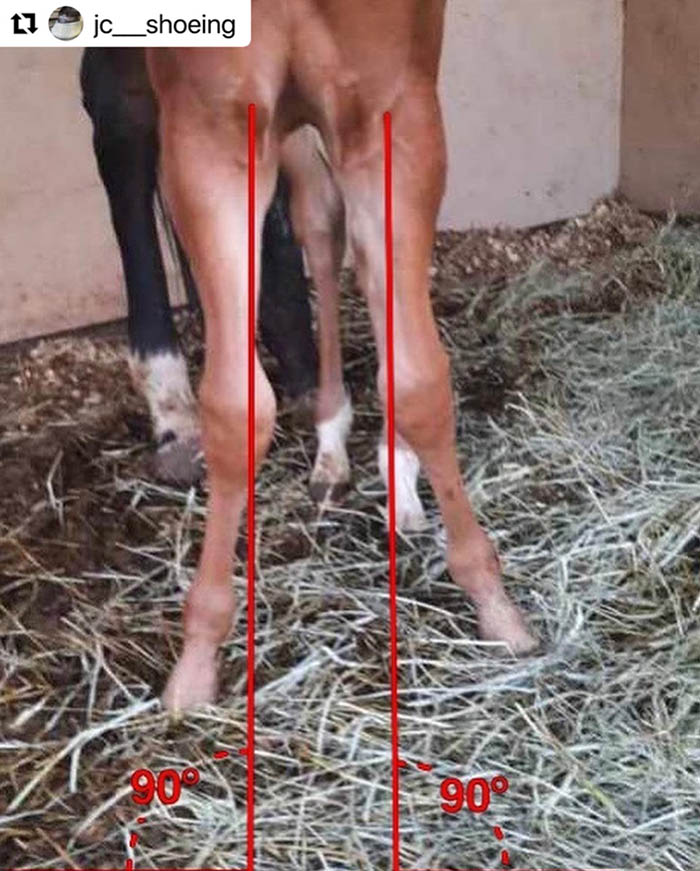




26th June 2022: Stepping Into Balance
A mere 21 days later, Wylie’s second setup reveals a widened foot and we see the first glimmers of alignment and symmetry, as he enjoys playful stretches and yawns in his yard.
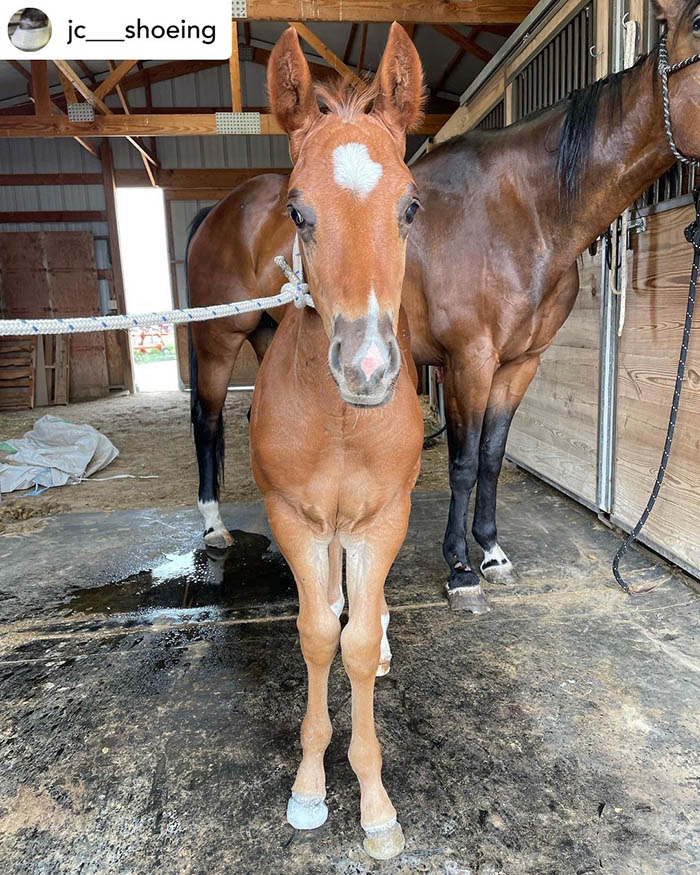


9th July 2022: Constructive Adaptations
Now 2 months old, Wylie reveals the fruits of customized FormaHoof support, showing improved balance and a more confident, even landing, despite an ongoing struggle with asymmetry.



22nd July 2022: Progress in Play
7 weeks into the journey, Wylie’s lateral toe deviation undergoes a transformation, signaling hope and progress as his posture and muscular development witness a positive uplift.
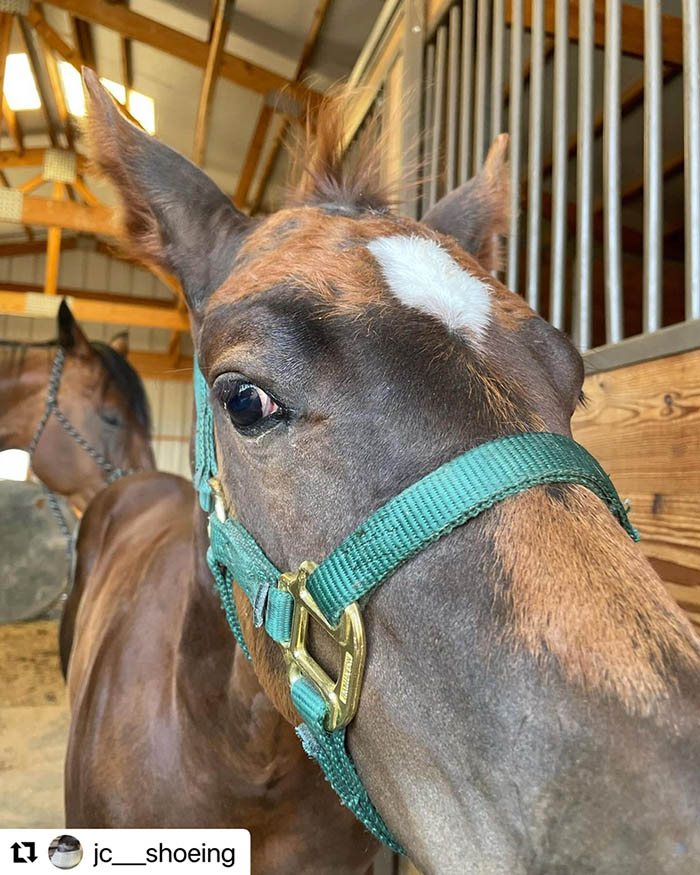


8th August 2022: Morphing Miracles in 9 Weeks
With each passing day, Wylie embraces an enhanced physique, overcoming congenital issues and displaying a marvelous journey from June to August, symbolizing triumph over adversity.
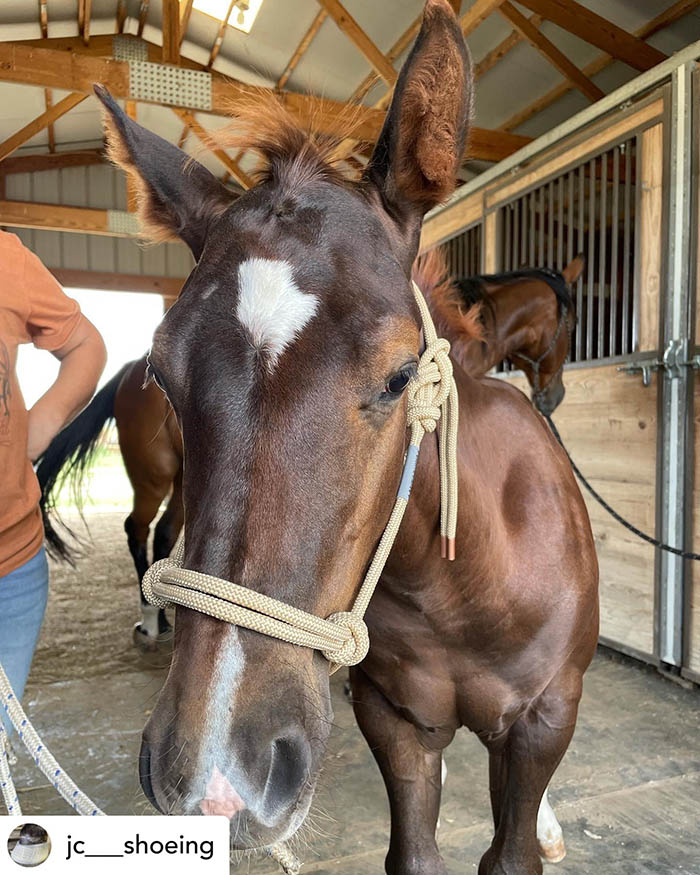


22nd September 2022: Celebrating Sweet 16 (Weeks)
After 16 weeks, Wylie takes a hiatus from extensions, simply enjoying colthood, revealing promising musculoskeletal balance and introducing the prospect of minimal future interventions.
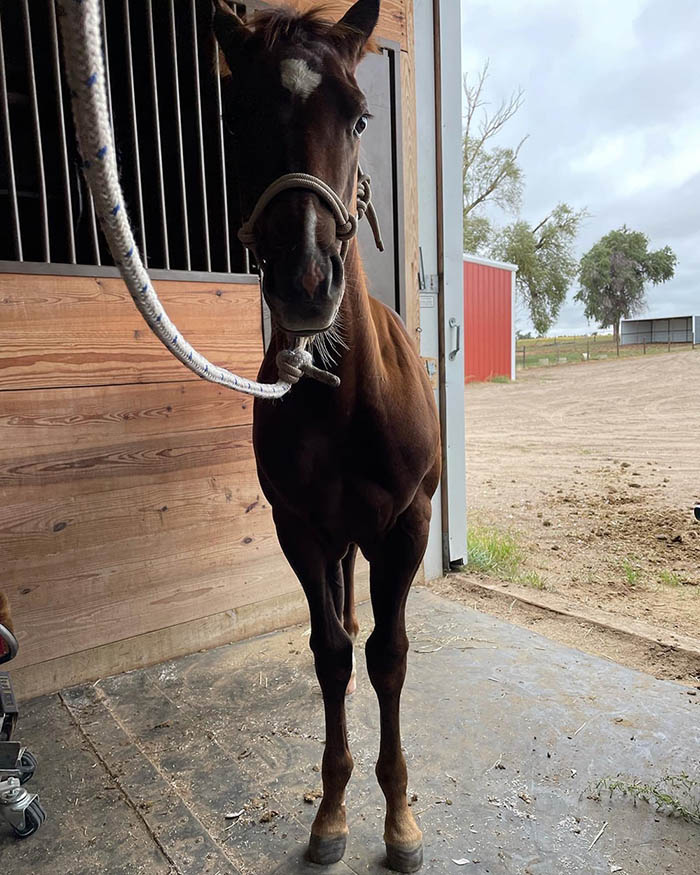


October 28, 2022: A Farewell to Extensions
Venturing into a barefoot trimming cycle and a journey to Idaho, Wylie’s physical transformation mirrors his journey of perseverance and vitality, promising exciting adventures ahead.



Case 2: Triumph Over a Club Foot: A Thoroughbred Foal’s Journey
1st February 2022: A Crucial Intervention
An 8-month-old Thoroughbred foal, despite facing the arduous path of a club foot and tendon issues, steps into FormaHoof’s embrace, bringing forth hope amid challenges.
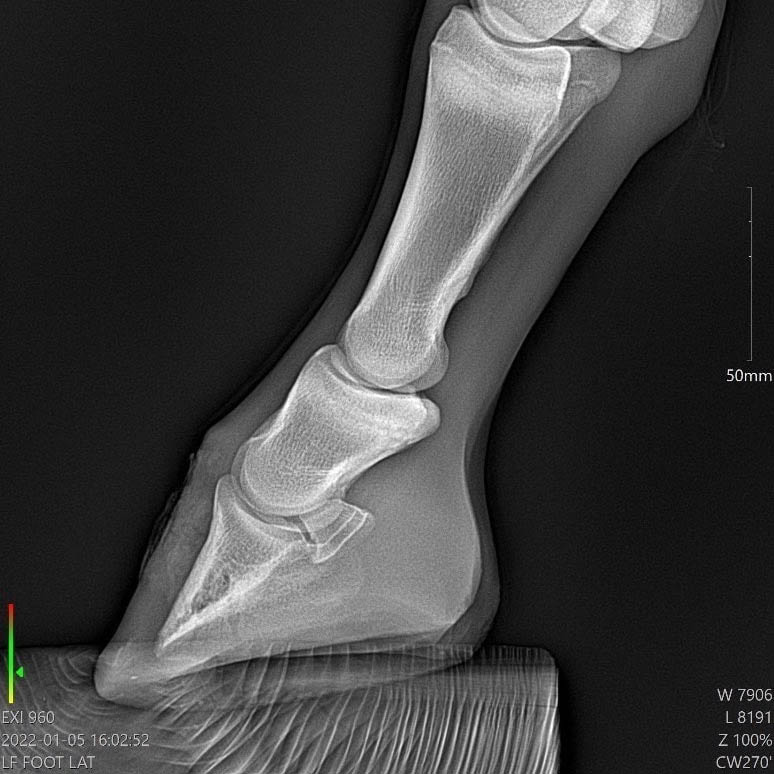


3rd May 2022: Blossoming into Wellness
Merely 3 months later, she’s vanquished her hurdles through two FormaHoof application cycles, stepping confidently toward a promising, vibrant future on the racetrack.
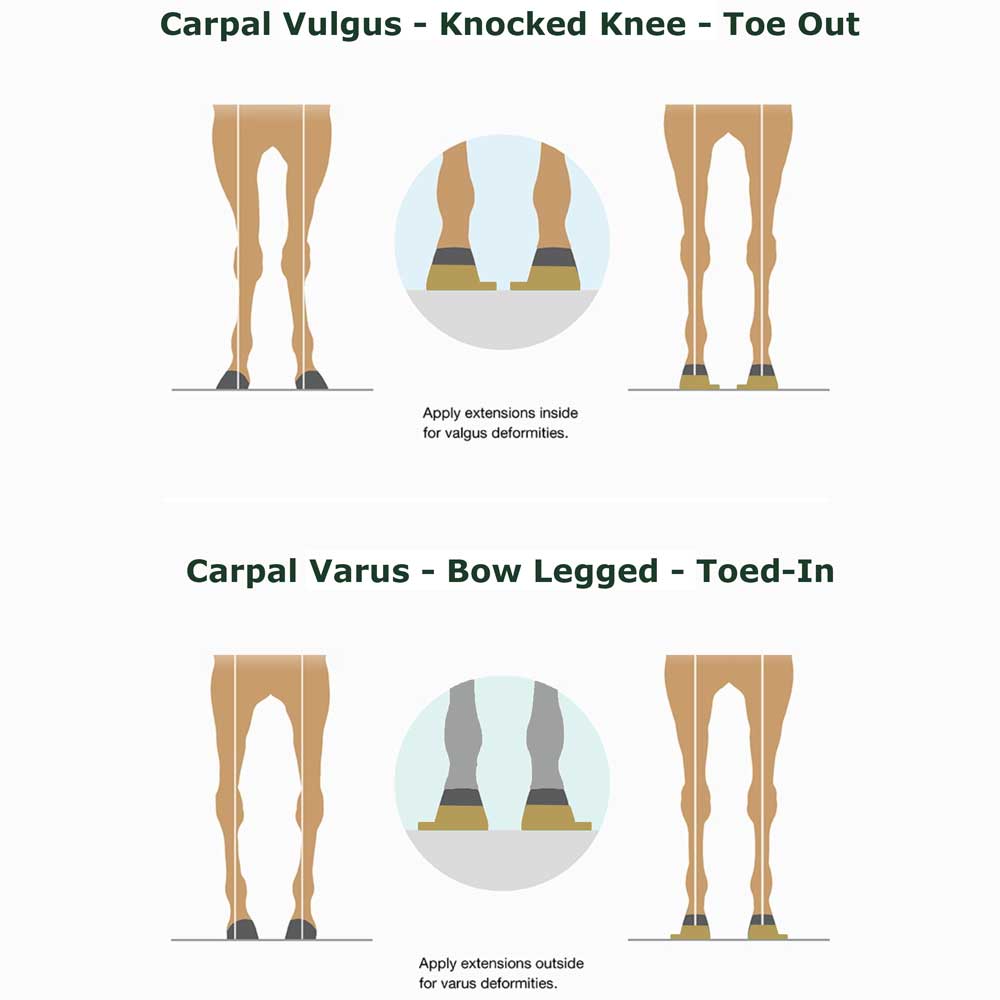


Equip, Save, and Nourish with FormaHoof Foal Kits
Embark on a Journey of Robust Health and Vitality for Your Foal!
Save 60% with a FormaHoof Foal Kit, not only ensuring your young equine gets the best start in life but also offering you everything required for a seamless application process.
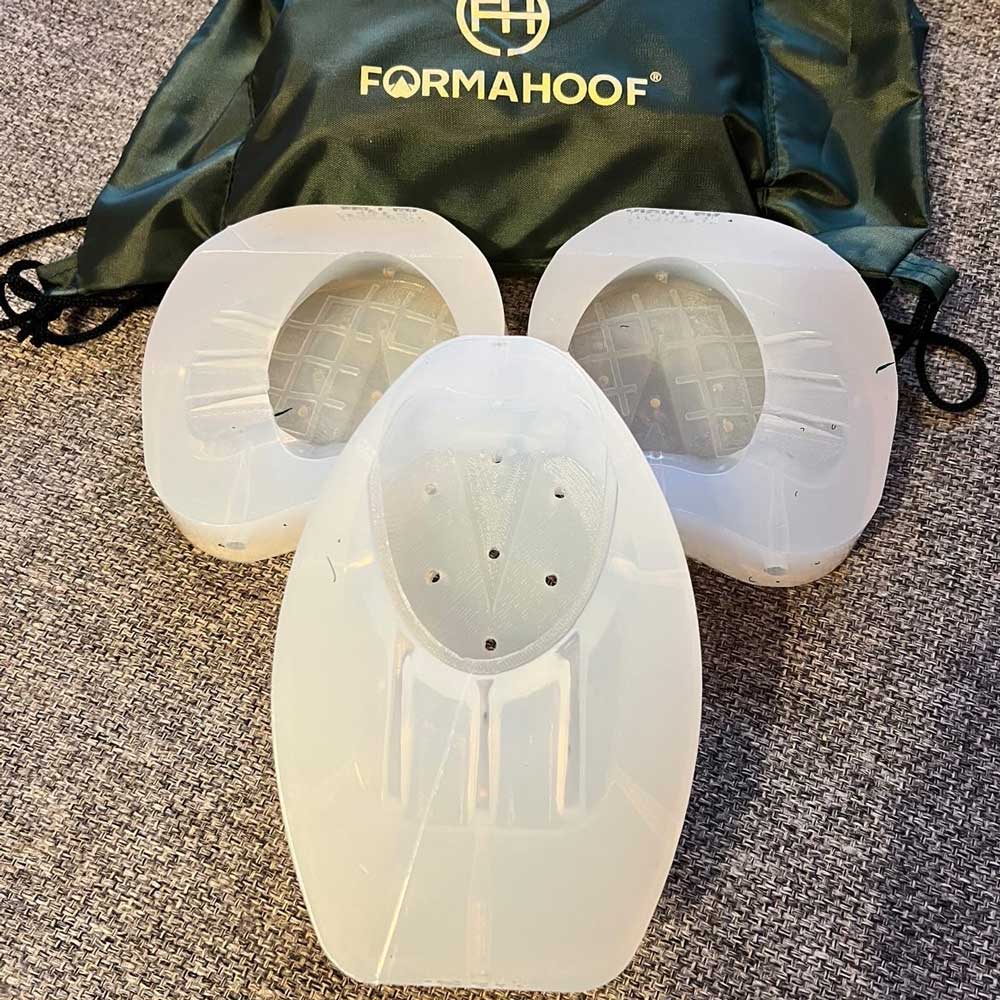
A Fusion of Nurturing, Expertise, and Value
With each kit, you’re not merely providing physical support to your foal; you’re ensuring their path forward is one of strength, wellness, and boundless potential.
